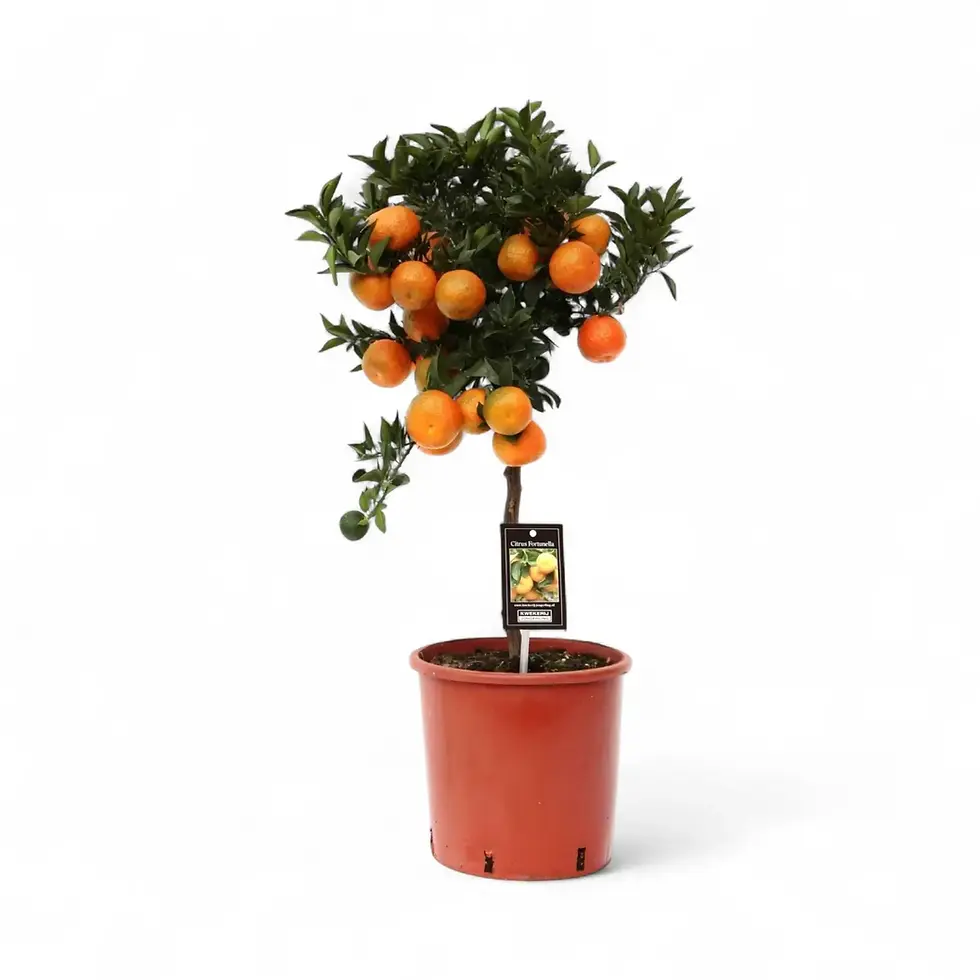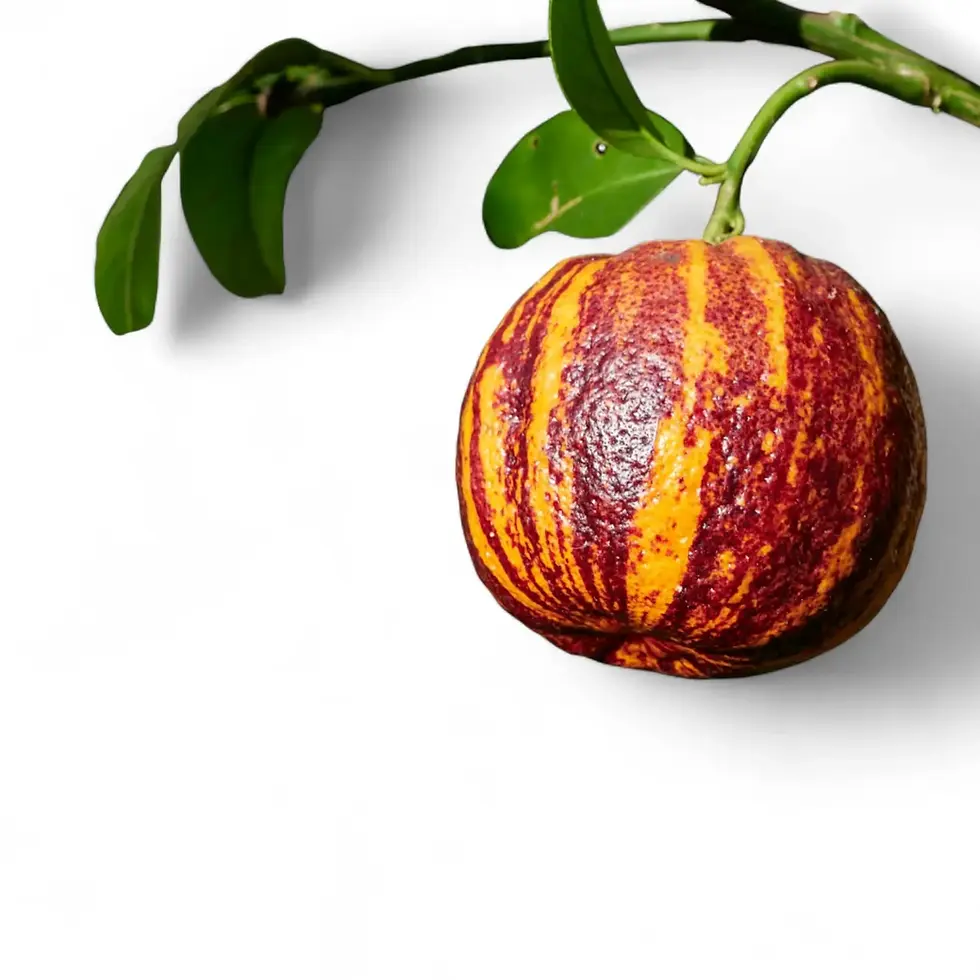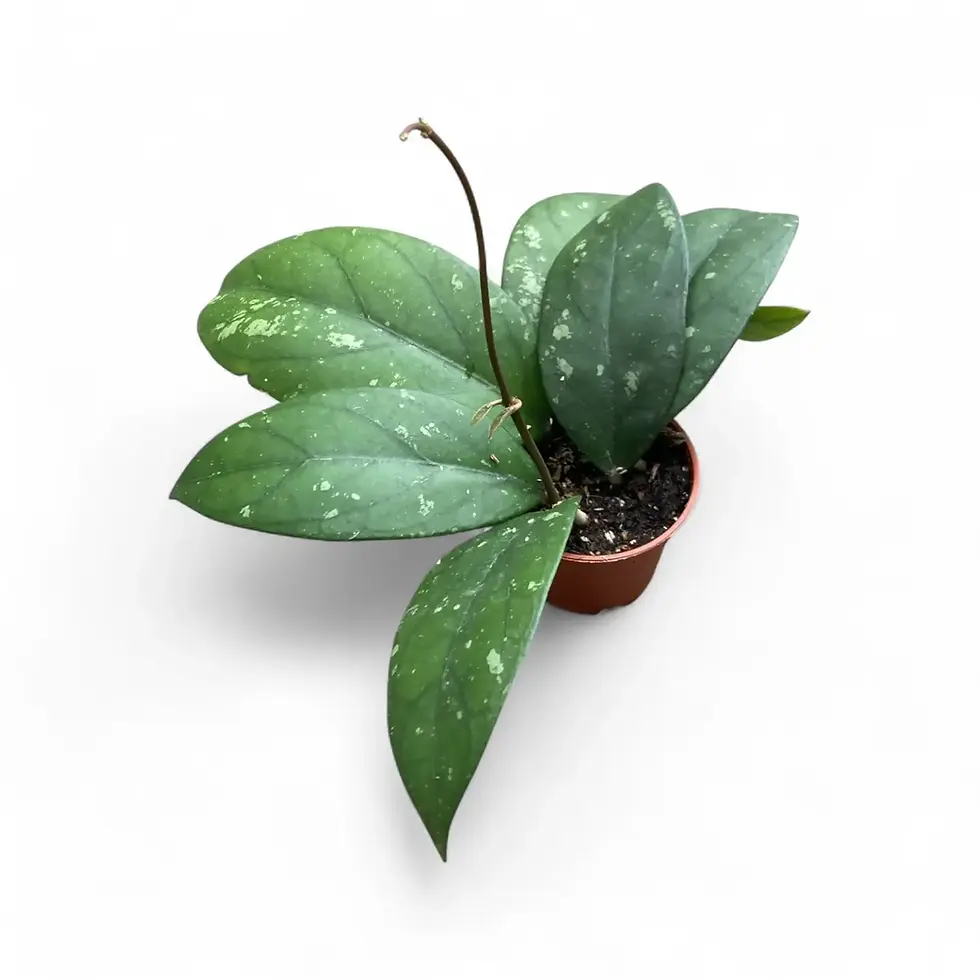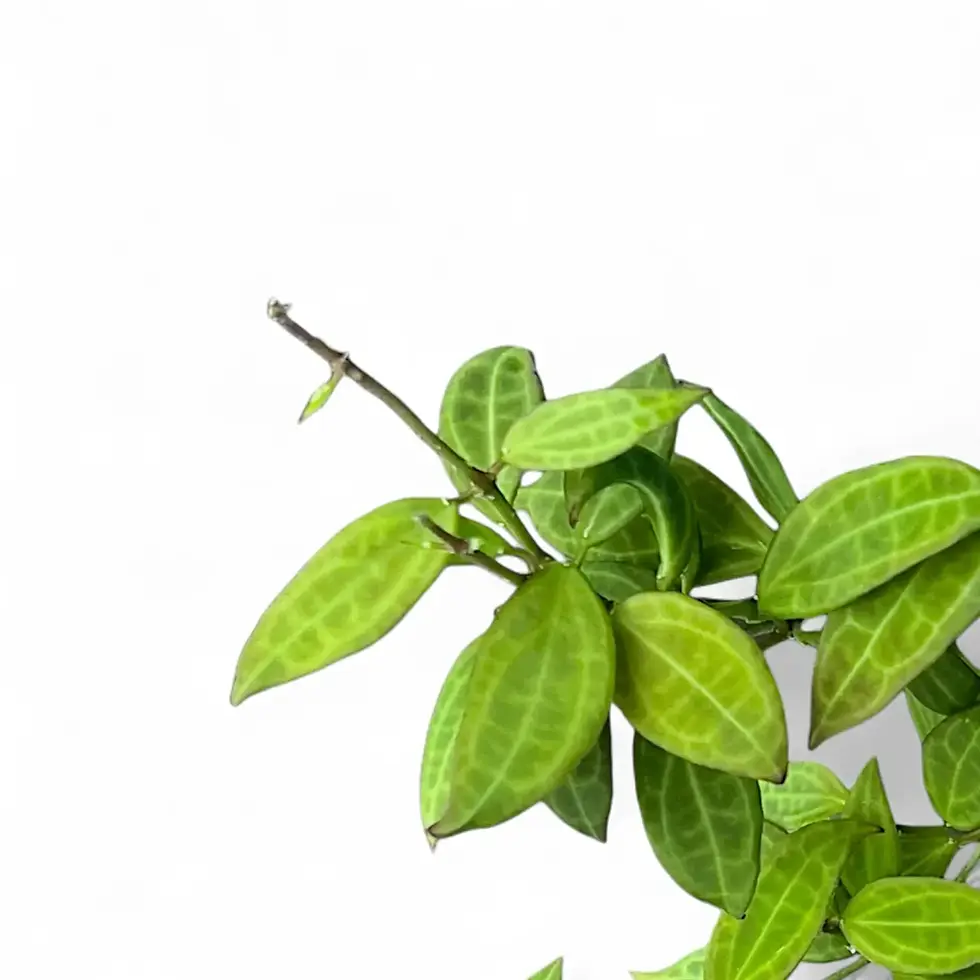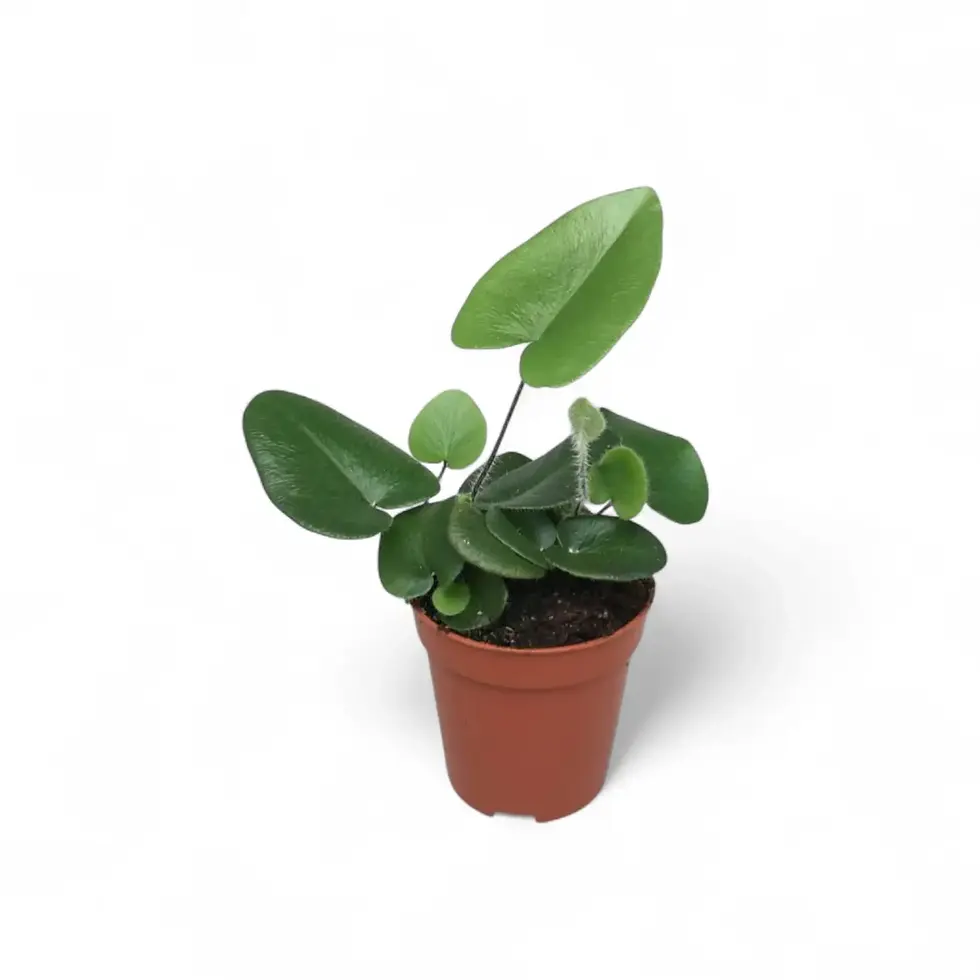Alocasia heterophylla – Complete Growth Guide and Indoor Care
Alocasia heterophylla is a highly variable and collectible aroid from the Philippines, loved for its elegant foliage and distinctive venation. This species surprises even seasoned collectors with its leaf diversity — some plants display narrow, sagittate blades, while others develop peltate, almost shield-like leaves. Each leaf features a bold submarginal vein and gracefully arched lateral veins, creating a refined texture that contrasts beautifully with the deep green surface. Its moderate size and architectural leaf form make it a striking yet manageable tropical species for indoor spaces. Rarely found outside its native range, this plant adds authentic rainforest character to curated collections.
Distinctive Traits and Growth Pattern of Alocasia heterophylla
- Variable Foliage: Sagittate to peltate blades, often both on the same plant.
- Venation Detail: Noticeable submarginal vein and widely spaced secondary veins.
- Compact Form: Typically reaches 35–40 cm tall indoors (approx. 14–16 inches).
- Stem Habit: Short, creeping rhizome supporting small leaf clusters.
- Collector Value: High phenotypic variation ensures no two plants look identical.
Natural Background and Growth Conditions
Native to Luzon, Mindanao, and Polillo in the Philippines, Alocasia heterophylla grows in lowland dipterocarp forests up to 300 m altitude. Its natural environment provides steady warmth (18–31 °C), humidity between 60–70%, and yearly rainfall around 1,200 mm. The species anchors in humus-rich, free-draining soils and experiences a mild seasonal rhythm without extreme temperature dips. Indoors, it remains compact but thrives when provided with similar stable moisture and airflow. Like other Alocasias, it is toxic if ingested, so keep it away from pets and children.
Practical Care Steps for Alocasia heterophylla Indoors
- Light: Bright, indirect light suits best; avoid harsh midday sun.
- Watering: Keep substrate lightly moist; let the top layer dry slightly between waterings.
- Humidity: Aim for 60% or above to prevent crisping leaf tips.
- Temperature: Ideal range is 18–28 °C; never allow below 15 °C.
- Soil: Use a loose, airy aroid mix with bark, perlite, and organic matter.
- Repotting: Refresh soil yearly or when roots fill the pot; use a wide, stable container.
- Fertilizing: Feed every 4 weeks during active growth with diluted balanced fertilizer.
- Propagation: Divide rhizomes with viable roots during repotting.
- Semi-Hydro Options: Performs well in mineral-based substrates when water level is controlled.
- Maintenance: Remove old leaves at the base to keep energy focused on new growth.
Troubleshooting Issues with Alocasia heterophylla
- Yellow Leaves: Often linked to waterlogging or sudden temperature shifts — adjust watering and check roots.
- Browning Edges: Usually low humidity or fertilizer buildup; flush soil and raise humidity.
- Pests: Look for spider mites, mealybugs, or thrips; treat promptly with insecticidal soap or neem solution.
- Root Rot: Prevent by ensuring excellent drainage and avoiding water accumulation in saucers.
Additional Insights for Collectors
This species may produce compact inflorescences with a greenish spathe and pale spadix, though flowering indoors is rare. Supporting tall petioles can help keep the plant upright as it matures. Understanding its rainforest origins will guide your care approach — replicating these conditions ensures longevity and vibrant growth.
Etymology and Botanical Details
The name “heterophylla” derives from Greek, meaning “different leaves” (héteros = different, phýllon = leaf), reflecting the species’ varied leaf shapes. It was first described by Adolf Engler and Kurt Krause in 1908 in the Philippine Journal of Science.
Your Questions on Alocasia heterophylla Answered
- Where should I place Alocasia heterophylla indoors? In a bright spot with filtered light and good airflow, away from direct midday sun.
- How often should I water it? Water when the top few centimeters of soil are dry; avoid letting the root zone stay soggy.
- How quickly does it grow compared to its hybrids? Growth is moderate; some cultivars like ‘Blue Lady’ may have similar rates under stable conditions.
Order Alocasia heterophylla now and enjoy an authentic Philippine species with rare foliage diversity in your plant collection.
Alocasia heterophylla
Alocasia heterophylla vomes in a 12 cm pot and is ca. 20 cm tall






